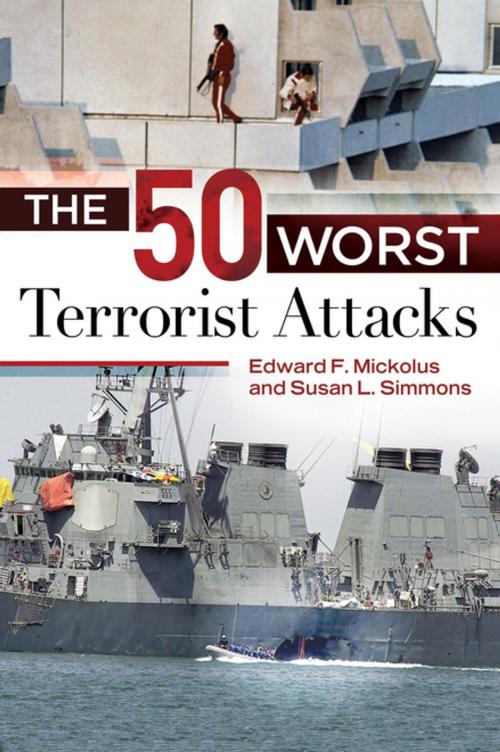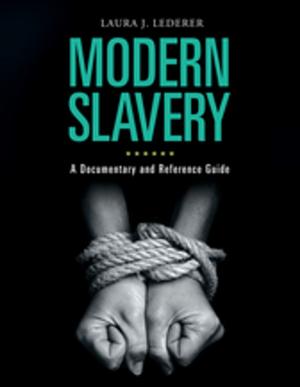The 50 Worst Terrorist Attacks
Nonfiction, Social & Cultural Studies, Political Science, International, International Security| Author: | Edward F. Mickolus, Susan L. Simmons | ISBN: | 9781440828287 |
| Publisher: | ABC-CLIO | Publication: | August 11, 2014 |
| Imprint: | Praeger | Language: | English |
| Author: | Edward F. Mickolus, Susan L. Simmons |
| ISBN: | 9781440828287 |
| Publisher: | ABC-CLIO |
| Publication: | August 11, 2014 |
| Imprint: | Praeger |
| Language: | English |
Since the attacks on September 11, 2001, terrorism has remained the chief threat to international stability and security. The 50 Worst Terrorist Attacks draws on all forms of terrorism—international, transnational, and domestic—anywhere in the world, covering all types of acts (e.g., bombings, assassinations, armed attacks, skyjackings) by any organization and ideology. The work goes beyond documenting the key events that occurred in or involved the United States; it also covers important terrorist attacks by left- and right-wing organizations, religiously motivated groups, and separatists that are largely unknown among Western audiences.
Each entry supplies the details of the attack—the perpetrators, victims, and eventual resolution—as well as the political, social, and international contexts in which the event occurred. Readers will grasp the evolution of terrorist activities and methodologies in the 20th and 21st centuries, understand the importance of each event in the development of the terrorist repertoire, and gauge the responses intended to counter these new kinds of attacks.
Since the attacks on September 11, 2001, terrorism has remained the chief threat to international stability and security. The 50 Worst Terrorist Attacks draws on all forms of terrorism—international, transnational, and domestic—anywhere in the world, covering all types of acts (e.g., bombings, assassinations, armed attacks, skyjackings) by any organization and ideology. The work goes beyond documenting the key events that occurred in or involved the United States; it also covers important terrorist attacks by left- and right-wing organizations, religiously motivated groups, and separatists that are largely unknown among Western audiences.
Each entry supplies the details of the attack—the perpetrators, victims, and eventual resolution—as well as the political, social, and international contexts in which the event occurred. Readers will grasp the evolution of terrorist activities and methodologies in the 20th and 21st centuries, understand the importance of each event in the development of the terrorist repertoire, and gauge the responses intended to counter these new kinds of attacks.





![Cover of the book To Establish Justice for All: The Past and Future of Civil Legal Aid in the United States [3 volumes] by Edward F. Mickolus, Susan L. Simmons](https://www.kuoky.com/images/2013/november/300x300/9780313357077-WabI_300x.jpg)



![Cover of the book Our Changing Journey to the End: Reshaping Death, Dying, and Grief in America [2 volumes] by Edward F. Mickolus, Susan L. Simmons](https://www.kuoky.com/images/2013/november/300x300/9781440828461-brSF_300x.jpg)





